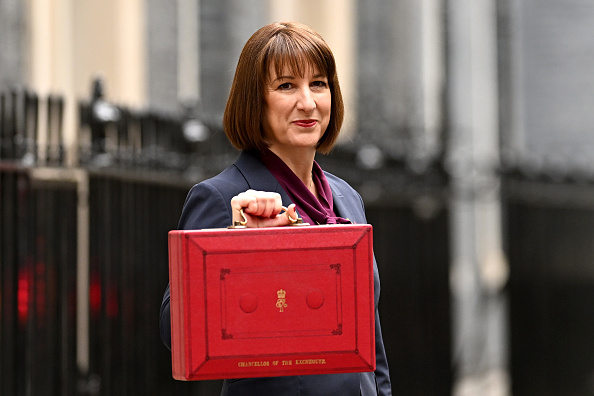More than two thirds of retailers are now exploring secondary revenue options to boost their profitability, new research conducted by Webloyalty and the British Retail Consortium (BRC) reveals. In a period of unprecedented pressure on retailers’ margins, the Beyond the Core report highlights how secondary – or ancillary – revenue options are becoming common practice.
In the survey of UK retailers, 67 per cent of businesses report that at least 1 per cent of their revenue now comes from secondary sources, with 18 per cent deriving at least a fifth of their turnover from non-core profit lines.
Examples of secondary revenue methods include affiliate marketing, selling advertising space, cross-selling additional products and services, offering credit as well as loyalty and reward programmes.
Although secondary revenue strategies are being adopted by businesses of all sizes, it is the larger retailers that are capitalising most, with 22 per cent of businesses earning more than £1 million in turnover generating 20 per cent or more from secondary sources.
Moreover, businesses turning over £100k or less reported the use of only four different methods of secondary revenue generation, whilst those with a turnover of more than £100 million report using seven.
Guy Chiswick, managing director of Webloyalty, Northern Europe comments, ‘The retail landscape is facing one of its biggest challenges to date; remaining profitable during times of change. Threats to profitability are multiplying, from escalating delivery and fulfilment costs, the strain of handling huge returns, the cost of ecommerce investment and delivering functionality across devices. Not to mention the uncertain and unpredictable effects of Brexit
‘Our research shows that secondary revenue strategies have the potential to combat low margins. However, whilst they can be easily incorporated into retailers’ overall marketing agenda, to maximise revenue through these sources it is important they are relevant to the brand and introduced at the right stage of the customer journey.’
Rachel Lund, head of insight and analytics at the BRC adds, ‘Studies such as Beyond the core provide an important contribution to the evidence base on innovation in retail. The survey gives insight into the application of secondary revenue generation amongst UK retailers, a practice widely implemented in the airline industry when faced with a similar situation to that faced by UK retailers today – low and falling margins on core products. This report should provide food for thought for retailers of all sizes and types.’





